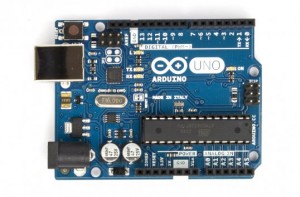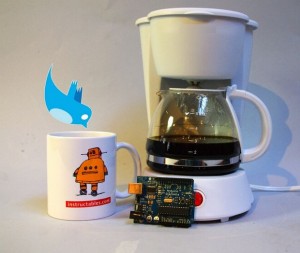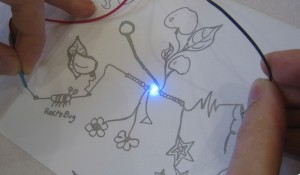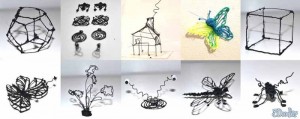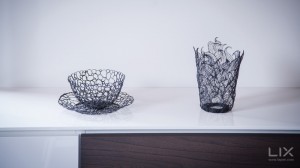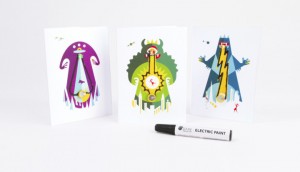Do you know these terms: microaggressions, trigger warnings, emotional reasoning, fortune-telling, catastrophization, mental filtering? Read The Coddling of the American Mind.It is an essay in the Atlantic written by Greg Lukianoff and Jonathan Haidt, September 2015 Issue. It is about the sterilization of the student mind before leaving college in favor of an absurd level of political correctness that even affects how and what you teach. I cannot imagine it in teaching literature for example – or the humanities in general [political science, anthropology, sociology, history.]
The essay tackles the following questions: What exactly are the effects of this new protectiveness on the students themselves? Does it benefit the people it is supposed to help?
Of course in the Trump-winning world where political correctness is derided, the essay might seem like yet another attack on PC. However the authors are quick to note the difference between PC on the one hand and VP or vindictive protectiveness on the other: Read More …

